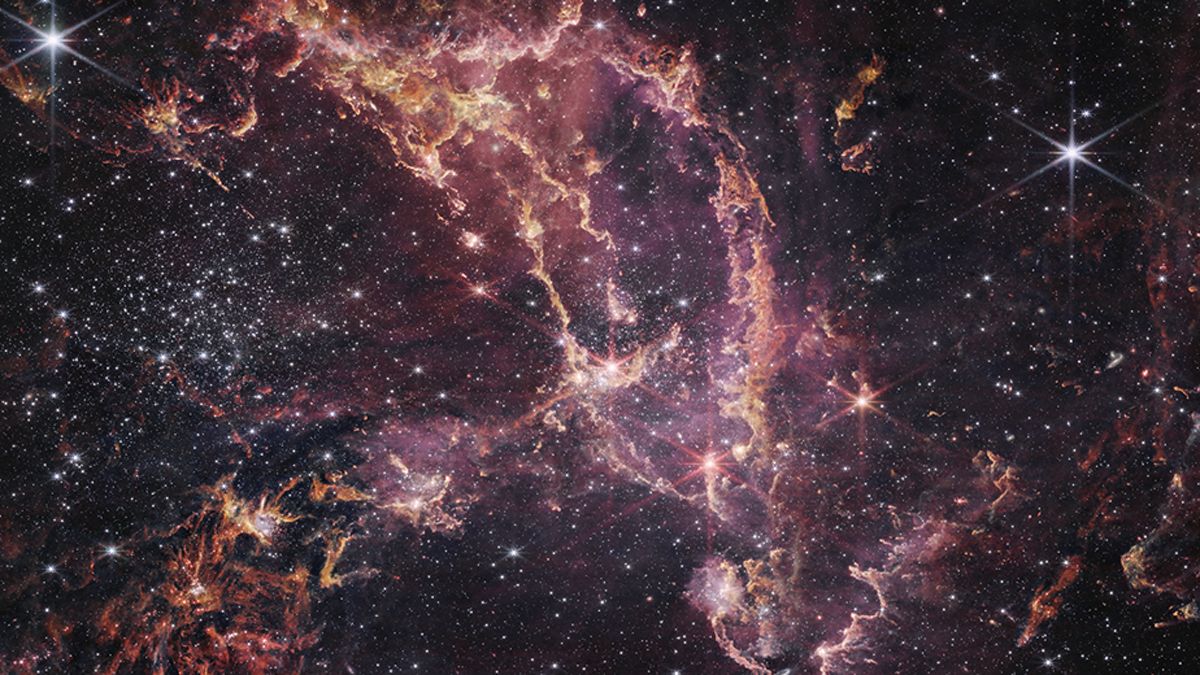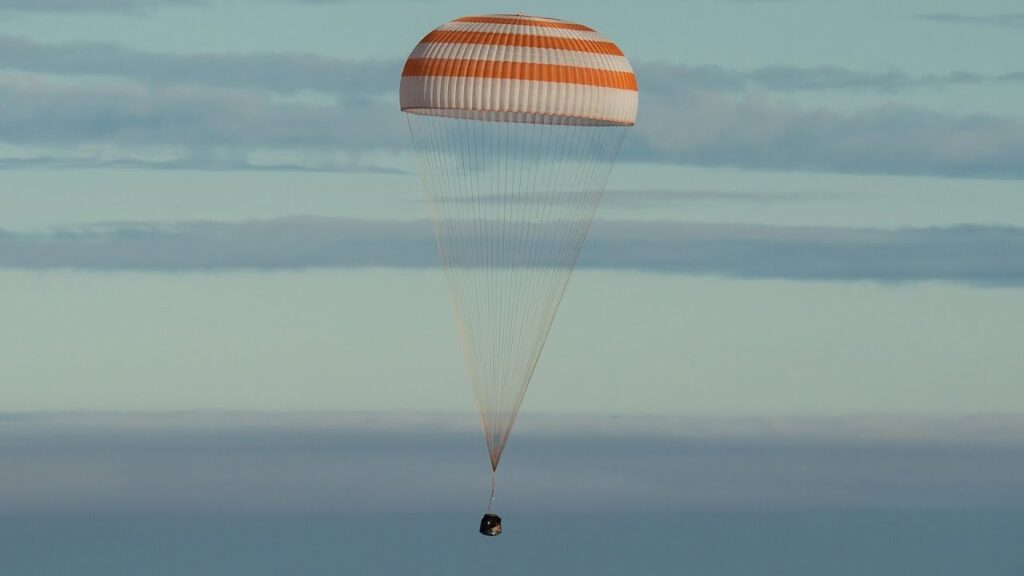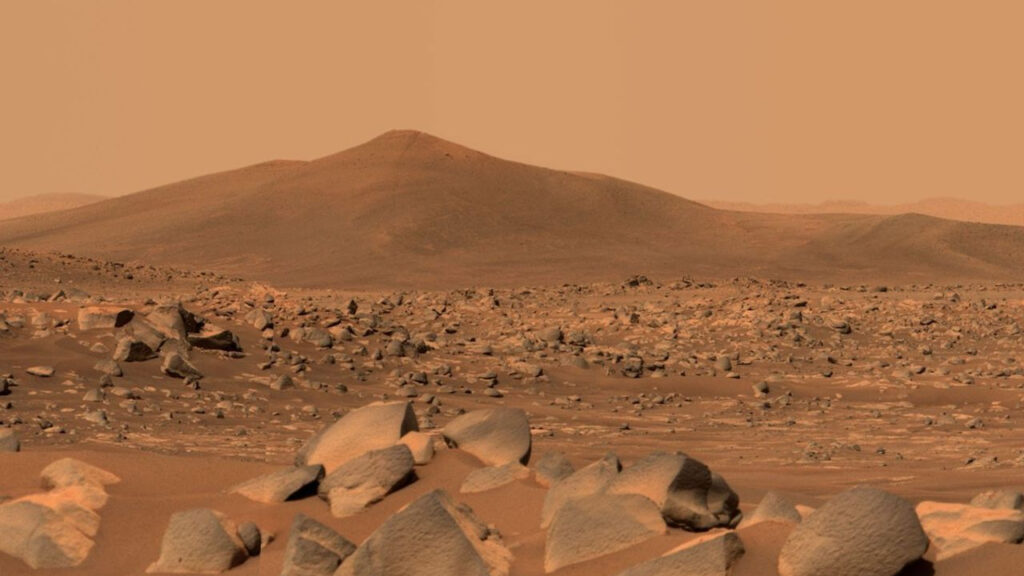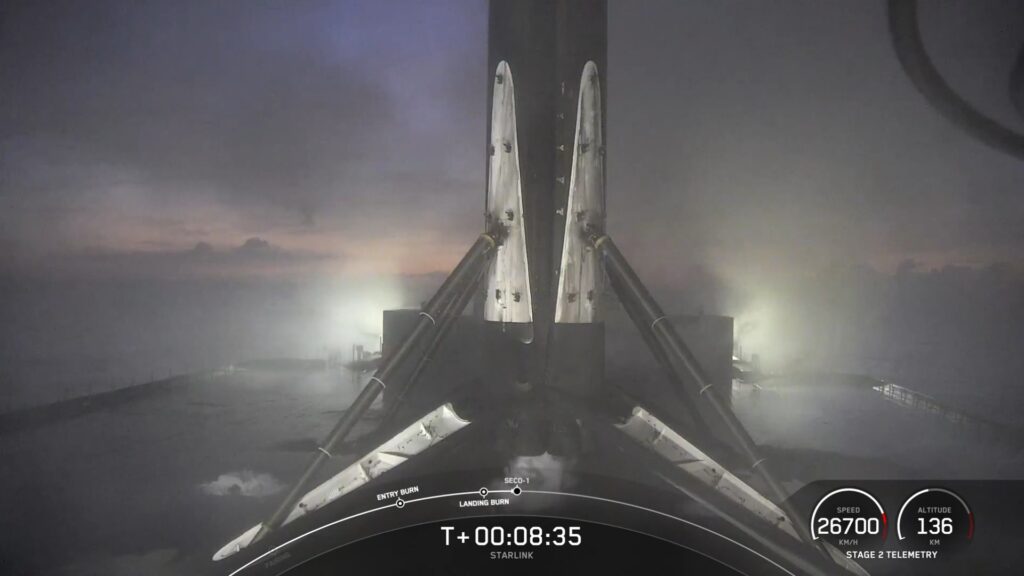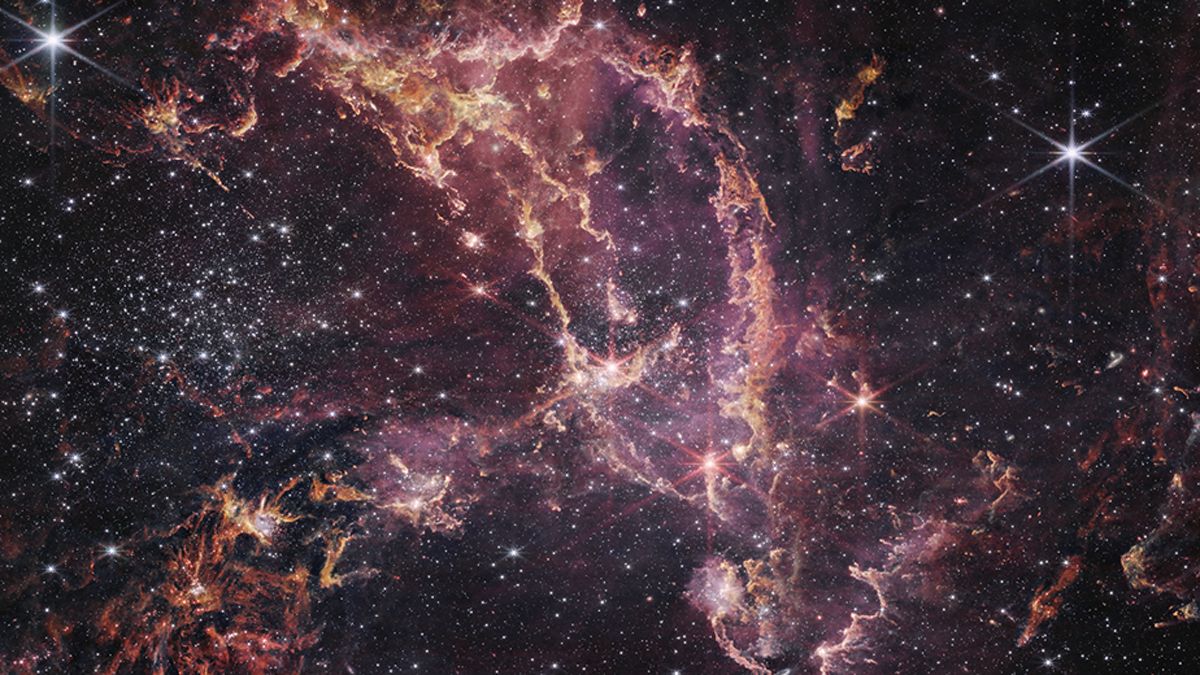
Thousands of scientists from around the world are gathered in Maryland this week to discuss new discoveries about the universe and the latest astronomical advancements during the so-called “Super Bowl of astronomy.”
The 245th Meeting of the American Astronomical Society, running Jan. 12 to Jan. 16, will feature many of the remarkable findings from the James Webb Space Telescope (JWST), which began observing the cosmos in 2022. The meeting is being held at the Gaylord National Resort & Convention Center in National Harbor, Maryland.
The four-day conference will include presentations not only on discoveries from the JWST but also recent findings from other revolutionary missions like the Hubble Space Telescope, the Nancy Grace Roman Space Telescope and the X-Ray Imaging and Spectroscopy Mission (XRISM). The conference will also cover broader astronomical research topics and include hands-on Python data analysis workshops, focused on teaching astronomers how to analyze data from JWST and Roman using Python software.
AAS is regarded as the “Super Bowl of astronomy” due to the significance and quantity of scientific research discussed, along with the widespread attendance from professional and amateur astronomers, NASA experts, researchers, and university faculty and graduate students. It has historically been the largest gathering of individuals dedicated to the study of astronomy worldwide.
This year, several sessions will be centered around discussing the latest JWST findings as the space telescope prepares for its fourth science cycle beginning in July. From studies on the biggest and brightest galaxies, to the most distant, active supermassive black holes, and even analysis on cosmic dust and stellar evolution, JWST has contributed to many new perspectives on the early universe during its first two years of observation.
Talks at AAS 2025 will also focus on direct imaging of black holes, the structure and gas composition of protoplanetary disks, the nature of the dark universe and characterization of exoplanetary systems. There will also be opportunities for attendees to interact with various astronomical institutions (including NASA representatives) and research groups showcasing their latest technology and projects at exhibition booths, and several town hall meetings, which are open forums for discussions on major astronomical topics and future missions.
RELATED STORIES:
You can find a full list of scheduled events and topics for discussion in the program available online. The AAS and NASA will webcast daily press conferences highlighting recent results enabled by NASA missions, which will stream live on the AAS Press Office YouTube channel.
The news briefings are scheduled for 10:15 a.m. EST (1515 GMT) and 2:15 p.m. EST (1915 GMT) each day, with an extra briefing on Thursday (Jan. 16) — the last day of the conference — at 12:45 p.m. EST (1745 GMT). You can find the list of the press conferences here, including what scientists will discuss in each session over the next four days.
